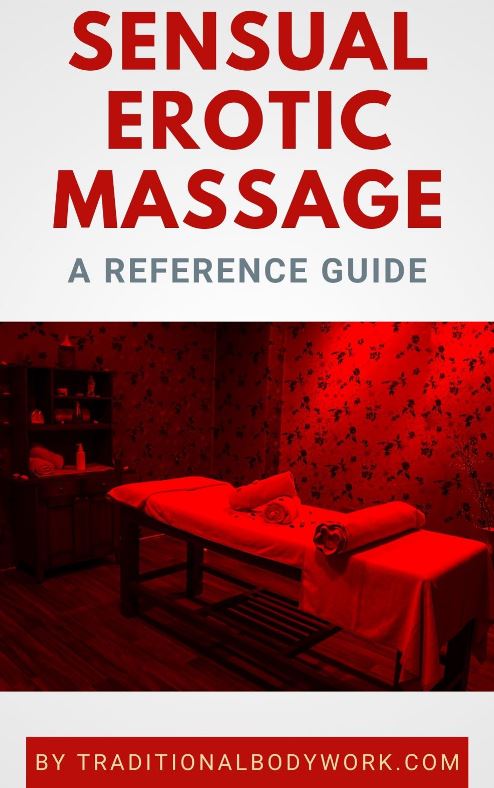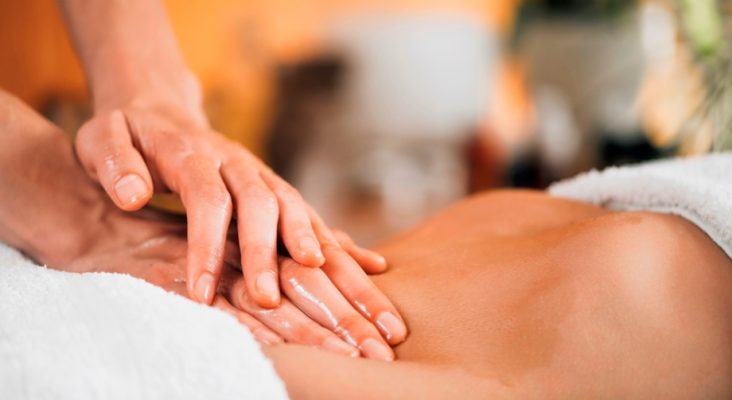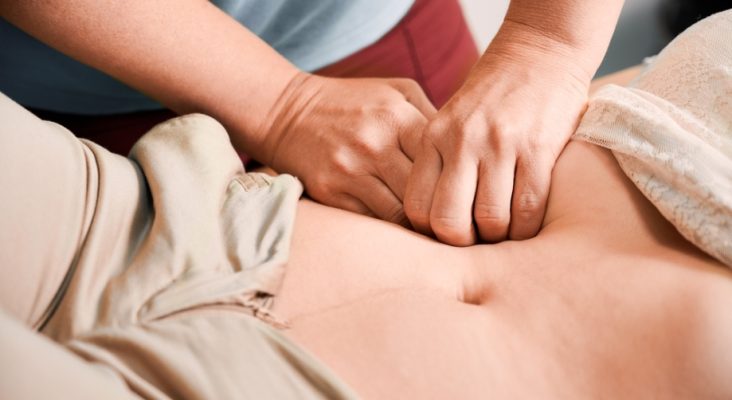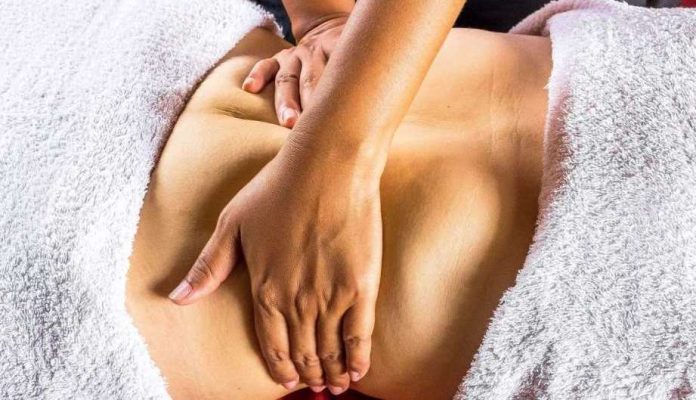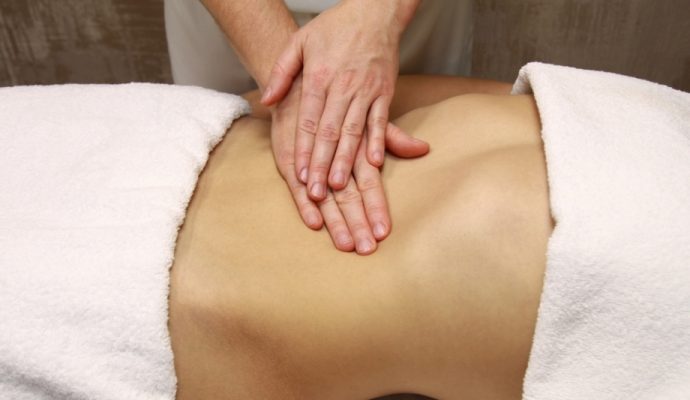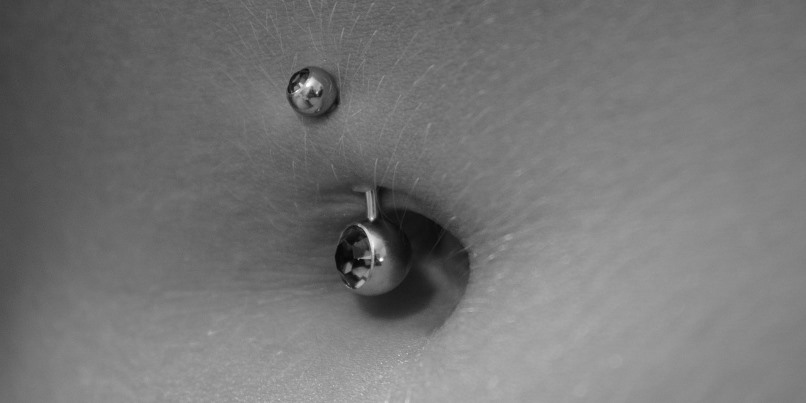
The navel (umbilicus or the belly button) and the immediate area around the navel, play an important role in abdominal massages, notably in those massage treatment modalities that originate in Asian Traditional Medicine systems.

Of course, this makes much sense because we just need to think about how a baby develops in the uterus.
In fact, the connection with the mother is through the umbilical cord (attaching the baby to the placenta in the mother’s womb) which supplies blood, nutrition, oxygen, and, for instance, according to Asian concepts, Prana, Qi or Vital Life Energy.
As long as a baby is in the womb, the only way to absorb nutrients and Prana is through the umbilical cord which attaches to the baby’s navel area.
Energy Channels
How this has influenced Vital Life Energy theories in Asia can be seen with, for instance, the principles of the Thai Sib Sen Energy Lines, which says that all the Sen Lines start around the navel. Subsequently, “opening and unblocking” those starting points is important for Life Energy (Prana) distribution through the body. Much acupressure work is done on these points, an area often rather contracted and tensed, with lots of knots, tangles and adhesions in muscles and connective tissues to be worked on and released.
Shape Diagnosis
But, also the shape of the navel is important and can provide information about physical, mental and emotional health. An Abdominal Massage session may first start with “reading” the navel. In fact, “pulls” of the navel in a certain direction can give indications of what underlying problems may exist in the abdominal area.
For instance, in Chi Nei Tsang Abdominal Massage, navel diagnosis is an important part of the work.
The Hara and Lower Dantian
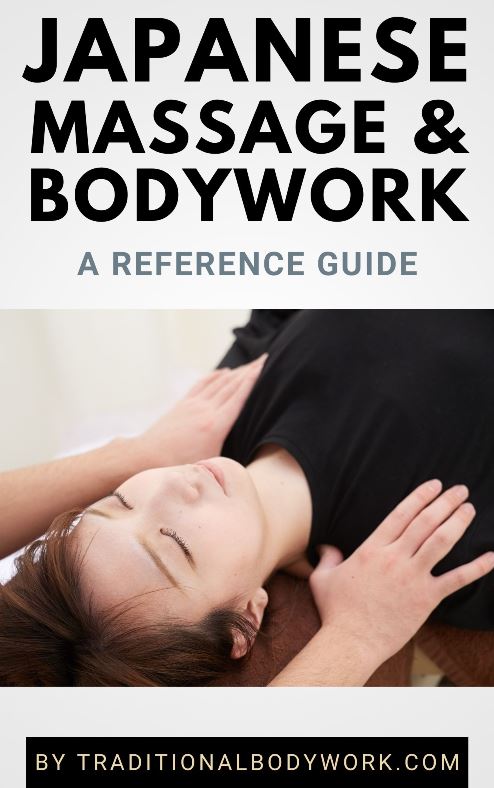
In both Japanese Traditional Medicine and in the Japanese Martial Arts, the Hara (a Japanese word that translates to “abdomen”) is considered a very important physical, psychological and energetic area of the body. According to Traditional Japanese Medicine concepts (based on Traditional Chinese Medicine, by the way), the Hara is the location where you’ll find the Lower Dantian (also written Dan Tien, Tantien or Tan Tien).
This Lower Dantian is located just below the navel and is thought to process and develop so-called life-elixir by refining Jing Essence into Ki Life Energy (Qi, Prana, Lom Pran). The Lower Dantian is also considered the foundation of standing, breathing, and body awareness and it’s believed to aid control of thoughts and emotions.
Subsequently, massage work to stimulate the Lower Dantian is seen as crucial in Japanese Hara Abdominal Massage.
The Ayurvedic Nabhi
Another example of the importance of the navel one finds in the Indian Ayurvedic Nabhi Massage. Nabhi translates to navel and the navel area is considered the location where the Life Energy channels (the so-called Nadis) converge. It’s also the location of the Solar Plexus Chakra, also named the Manipura Chakra.
The Manipura Chakra is thought to guard metabolism and digestion, the process where food is converted into energy and action. On a more spiritual energetic level, this Chakra represents our action, will, vitality, our strength to change and transform, that is, our sense of personal power.





